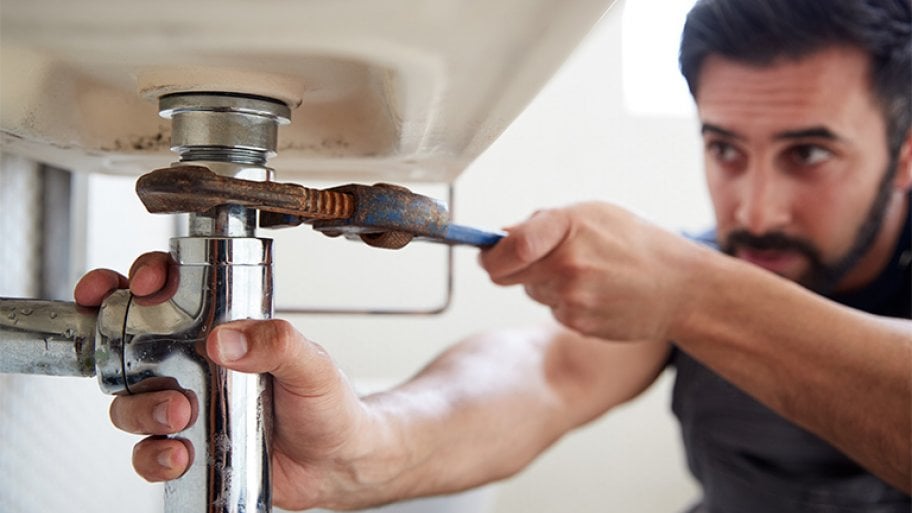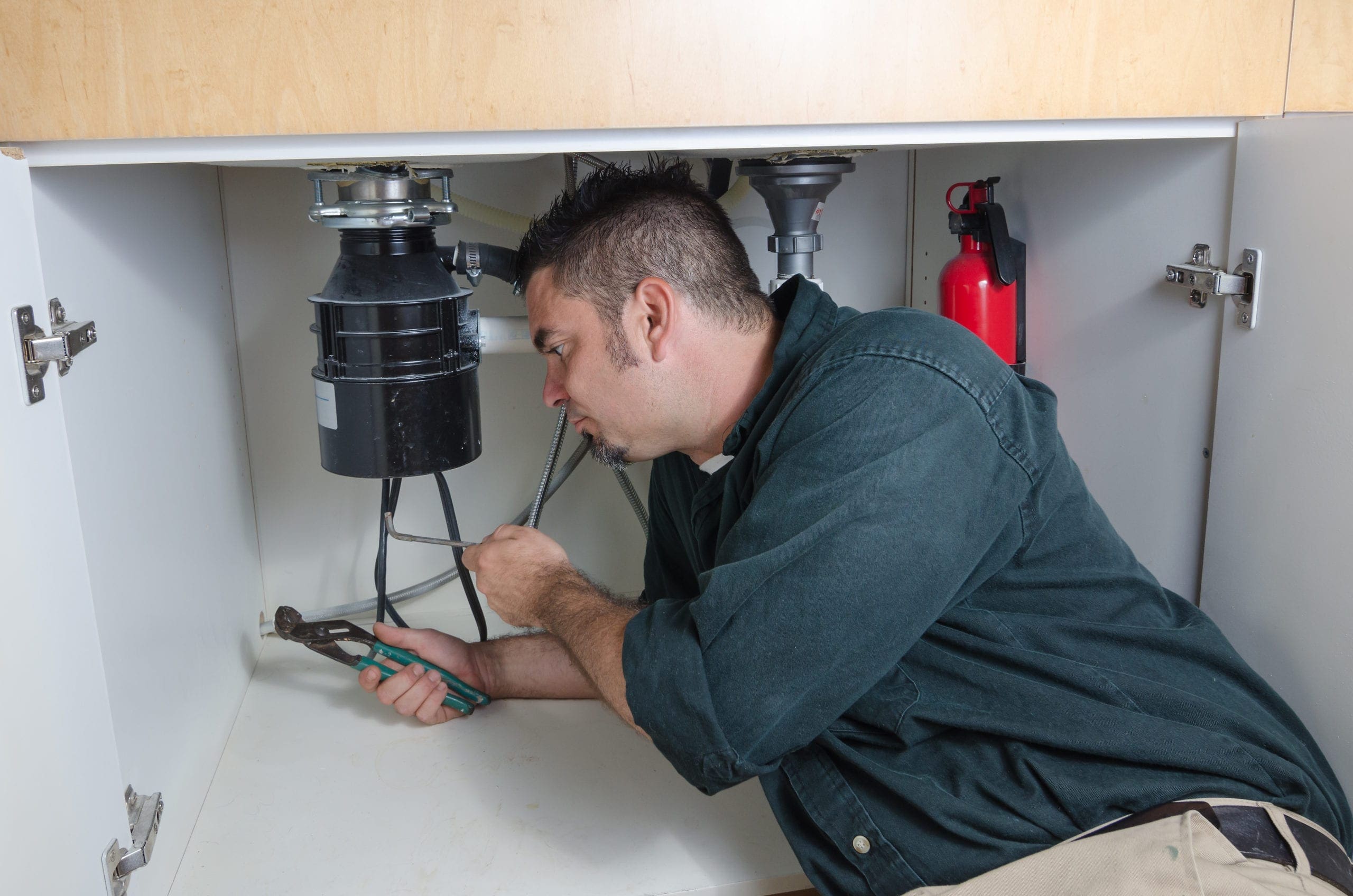Proven Methods for Identify and Repair Plumbing Noises
Proven Methods for Identify and Repair Plumbing Noises
Blog Article
What are your beliefs about How To Fix Noisy Pipes?

To diagnose loud plumbing, it is important to identify initial whether the unwanted sounds happen on the system's inlet side-in various other words, when water is transformed on-or on the drain side. Noises on the inlet side have varied reasons: too much water stress, used shutoff and also tap components, poorly connected pumps or other appliances, improperly put pipe fasteners, and plumbing runs including a lot of tight bends or various other constraints. Sounds on the drainpipe side generally stem from bad location or, similar to some inlet side noise, a format containing limited bends.
Hissing
Hissing noise that happens when a faucet is opened somewhat normally signals excessive water stress. Consult your regional public utility if you think this trouble; it will have the ability to inform you the water pressure in your location and also can install a pressurereducing valve on the inbound water supply pipe if needed.
Various Other Inlet Side Noises
Squeaking, squeaking, scraping, snapping, as well as touching normally are brought on by the development or tightening of pipelines, normally copper ones providing warm water. The noises happen as the pipes slide against loosened bolts or strike close-by home framing. You can typically identify the location of the trouble if the pipelines are subjected; just adhere to the noise when the pipes are making sounds. Probably you will uncover a loose pipeline wall mount or a location where pipelines lie so near to floor joists or various other mounting pieces that they clatter against them. Attaching foam pipeline insulation around the pipelines at the point of contact must treat the problem. Make certain straps and also hangers are safe and secure and supply adequate support. Where feasible, pipeline bolts ought to be connected to massive structural aspects such as structure wall surfaces as opposed to to framing; doing so reduces the transmission of vibrations from plumbing to surfaces that can magnify and also move them. If affixing bolts to framework is inescapable, cover pipelines with insulation or other durable material where they get in touch with fasteners, and sandwich completions of brand-new bolts between rubber washers when mounting them.
Dealing with plumbing runs that deal with flow-restricting limited or various bends is a last option that should be taken on just after consulting a knowledgeable plumbing specialist. Unfortunately, this situation is fairly common in older houses that might not have actually been built with indoor plumbing or that have actually seen a number of remodels, specifically by novices.
Babbling or Shrieking
Extreme chattering or shrilling that occurs when a shutoff or faucet is switched on, which usually vanishes when the installation is opened totally, signals loose or defective interior parts. The option is to change the shutoff or tap with a brand-new one.
Pumps and also devices such as cleaning equipments and also dishwashers can move electric motor noise to pipelines if they are poorly linked. Link such items to plumbing with plastic or rubber hoses-never inflexible pipe-to isolate them.
Drain Noise
On the drainpipe side of plumbing, the chief goals are to remove surface areas that can be struck by falling or hurrying water as well as to shield pipes to contain inescapable noises.
In brand-new building, bathtubs, shower stalls, bathrooms, and wallmounted sinks as well as basins must be set on or versus resistant underlayments to decrease the transmission of audio through them. Water-saving bathrooms and also faucets are less loud than standard versions; install them instead of older types even if codes in your area still allow making use of older components.
Drainpipes that do not run up and down to the basement or that branch into straight pipe runs supported at flooring joists or various other mounting present especially troublesome noise problems. Such pipes are big enough to radiate significant resonance; they additionally lug substantial quantities of water, that makes the situation worse. In new construction, specify cast-iron soil pipes (the large pipes that drain toilets) if you can afford them. Their massiveness consists of much of the noise made by water passing through them. Also, avoid routing drainpipes in walls shared with bed rooms as well as rooms where people gather. Walls consisting of drains ought to be soundproofed as was explained earlier, using double panels of sound-insulating fiber board and wallboard. Pipes themselves can be covered with unique fiberglass insulation created the objective; such pipes have an impervious plastic skin (in some cases having lead). Results are not always satisfactory.
Thudding
Thudding noise, commonly accompanied by shuddering pipes, when a faucet or home appliance shutoff is switched off is a condition called water hammer. The noise as well as resonance are triggered by the reverberating wave of pressure in the water, which suddenly has no location to go. Occasionally opening up a valve that discharges water quickly into a section of piping having a limitation, elbow joint, or tee fitting can create the very same problem.
Water hammer can usually be cured by setting up installations called air chambers or shock absorbers in the plumbing to which the issue shutoffs or taps are connected. These devices permit the shock wave produced by the halted circulation of water to dissipate in the air they contain, which (unlike water) is compressible.
Older plumbing systems might have short vertical sections of capped pipeline behind walls on tap runs for the very same function; these can eventually full of water, reducing or destroying their performance. The cure is to drain pipes the water supply completely by turning off the major water system shutoff and opening all faucets. After that open up the major supply valve and close the faucets one by one, beginning with the tap nearest the shutoff and also finishing with the one farthest away.
3 Most Common Reasons for Noisy Water Pipes
Water hammer
When water is running and is then suddenly turned off, the rushing liquid has no place to go and slams against the shut-off valve. The loud, thudding sound that follows is known as a water hammer. Besides being alarming, water hammer can potentially damage joints and connections in the water pipe itself. There are two primary methods of addressing this issue.
Check your air chamber. An air chamber is essentially a vertical pipe located near your faucet, often in the wall cavity that holds the plumbing connected to your sink or tub. The chamber is filled with air that compresses and absorbs the shock of the fast moving water when it suddenly stops. Unfortunately, over time air chambers tend to fill with water and lose their effectiveness. To replenish the air chambers in your house you can do the following. Turn off the water supply to your house at the main supply (or street level). Open your faucets to drain all of the water from your plumbing system. Turn the water back on. The incoming water will flush the air out of the pipes but not out of the vertical air chamber, where the air supply has been restored. Copper pipes
Copper pipes tend to expand as hot water passes through and transfers some of its heat to them. (Copper is both malleable and ductile.) In tight quarters, copper hot-water lines can expand and then noisily rub against your home's hidden structural features — studs, joists, support brackets, etc. — as it contracts.
One possible solution to this problem is to slightly lower the temperature setting on your hot water heater. In all but the most extreme cases, expanding and contracting copper pipes will not spring a leak. Unless you’re remodeling, there's no reason to remove sheetrock and insert foam padding around your copper pipes.
Water pressure that’s too high
If your water pressure is too high, it can also cause noisy water pipes. Worse, high water pressure can damage water-supplied appliances, such as your washing machine and dishwasher.
Most modern homes are equipped with a pressure regulator that's mounted where the water supply enters the house. If your home lacks a regulator, consider having one professionally installed. Finally, remember that most plumbers recommend that water is delivered throughout your home at no lower than 40 and no greater than 80 psi (pounds per square inch).
Whatever the state of your plumbing, one thing is certain — you’re eventually going to encounter repair and replacement issues around your home that require professional help. That’s where American Home Shield can come to your aid.
https://www.ahs.com/home-matters/repair-maintenance/causes-of-noisy-water-pipes/

Do you like reading about Why is My Home Making Strange Plumbing Noises? Give feedback directly below. We'd be glad to see your views about this blog posting. In hopes that you visit us again in the near future. Are you aware of someone else who is fascinated by the niche? Feel free to share it. We cherish reading our article about Diagnose Unwanted Plumbing Noises.
24/7 ready, dial! Report this page